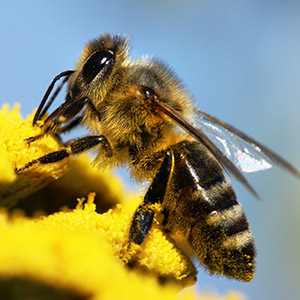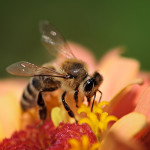Whether you are interested in keeping bees as a hobby or business or you just enjoy the outdoors, it’s essential to recognize the various critters who share your world. When it comes to telling the difference between honey bees and bumblebees, it’s common to see the wrong pictures displayed for both. In fact, even popular media has been known to use the wrong images when sharing reports featuring bees.
To help identify bumblebees and honey bees, here are points to look out for:
Honey bees
- Shorter, wasp-like bodies about 2-2.5cm
- Fuzzy torso, streaked abdomen, and thin wings
- Live in hives with potentially up to 50,000 individuals
- Can only sting once since it will result in death (only females can sting)
- Communicate with other honeybees through “dancing”
- Have shorter tongues and prefer shallower, open flowers
- Produces a surplus of honey for the colony
- The queen can live between 2 to 5 years
- Overwinters with the queen
Bumblebees
- Fatter, rounder, and fuzzier bodies ranging 2-5cm
- Yellow, orange and/or black in colouring with thicker, blockier stripes/bands
- Live in nests with 5 to a few hundred individuals
- Can sting multiple times if aggravated and will not die (only females are capable of stinging)
- Do not “dance” to communicate
- Have longer tongues so can enjoy a wider range of flowers
- Do not produce a surplus of honey
- Do not overwinter with their queen (the queen hibernates alone)
While coming across either a bumblebee or honey bee may seem scary if you’re up close and personal with the bee, it’s important to remember not to panic. In most cases, if you leave these types of bees alone, they will leave you alone in turn. After all, you will typically encounter bees when they are foraging for pollen and nectar, and they’d much rather be bringing back goodies to their hives/nests than messing with you. Bees will usually only sting when they feel that they or their hive is in serious danger.




